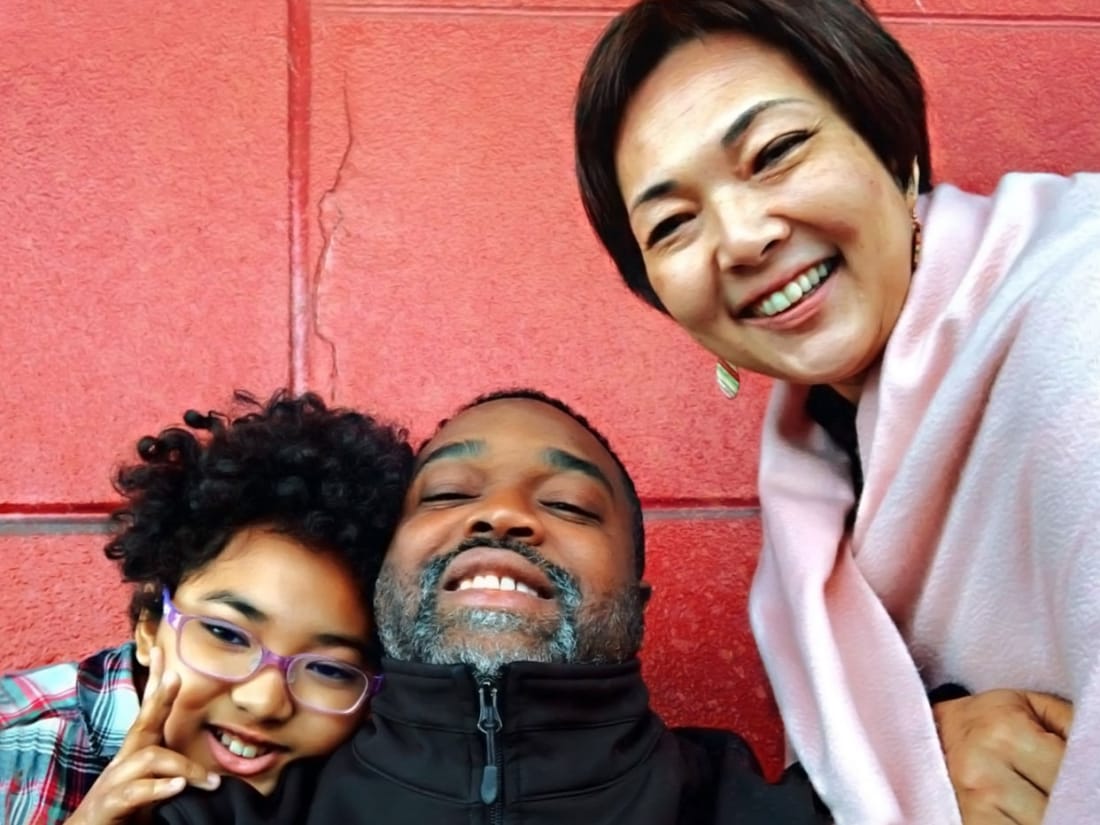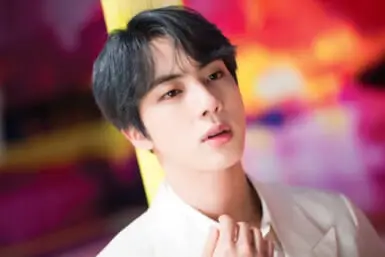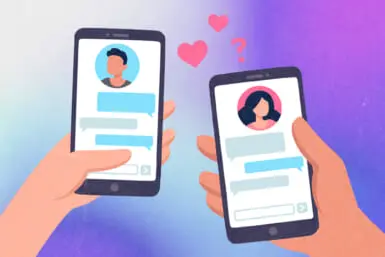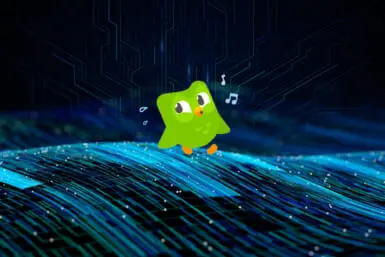“The older girl was pinching Kantra’s thigh. When I approached them, the girl took her hand back, but she was just smiling at me. I asked her, ‘What are you doing? I saw you pinching my daughter.’ And the girl said, ‘I just wondered if it hurt her’ as if the girl was curious as to rather Kantra was a human being,” my wife, Haruki said about our half-Black half-Japanese daughter Kantra’s early childhood experience on a Tokyo playground.
The mothers of half-Black half-Japanese children are acutely aware of the discrimination that their kids endure here in Japan, but to talk about it is felt to be disruptive or a way of losing face. Silence is harmonic or complacent, depending on one’s perspective. Japan’s ethos of “Everyone is treated the same” is a common retort though it becomes problematic when applied to kids that don’t look traditionally Japanese. Here, Black and Brown bodies aren’t endangered, but their mental health is held at gunpoint by the trigger clicking accumulation of micro-aggressions.
The Unwanted Attention
The most immediate target is the kids’ curly Afro hair that grows upwards, forming a halo around their head. Culturally it is custom in Japan that adults pat the top of kids’ heads as a sign of affection, but the presence of black hair draws extra hands to touch it. “Because she’s mixed it happened a lot more than I was expecting, but that made her really annoyed,” said Moto Richardson about her daughter, Maya.
Richardson’s daughter was born in San Francisco, California where they lived until Richardson and her family moved back to Nagoya, Japan when Maya was five. Richardson said that people always compliment Maya’s beauty, but the obsessive attention made her daughter self-conscious. The constant acknowledging of Maya’s appearance, like Kantra, is an ever-present message, telling them that they are not the same, but different, thus they are not treated the same. When going to school both girls refuse to go without having their hair braided. On the occasion that Kantra wore her Afro, a teacher pulled her hair back and tied a rubber band around it.
“She can color her face whatever color she wants”
At school, when kids draw self-portraits, the standard is that every kid is expected to use a beige crayon or pencil for their skin color. “I told Kantra’s teacher that she would be using a brown crayon because I didn’t want him to try and force her to use a beige crayon. I knew it may confuse some of the other kids, but at home we teach Kantra that Black is beautiful, just as much as beige or hadairo [a Japanese term used to describe skin color] and I had to make sure that her teacher understood that. So if kids say something, it would be her teacher’s responsibility to speak up,” Haruki said.
In a similar situation, Richardson said that Maya refused to paint her face beige and while her classmates had no malicious intent, they repeatedly told her that she was using the wrong color. Richardson, picking Maya up from school encountered one of her daughter’s classmates telling her that Maya painted her face the wrong color. “I didn’t even think about it at first because growing up, we called the pale orange crayon, hadairo. That was the skin color crayon,” Richardson said. Addressing the student, Richardson told him, “It’s art. She can color her face whatever color she wants.”
The BLM Effect
With the anti-racists protests going on around the world and in Japan, I asked the mothers if they think Black Lives Matter will change how Japan sees Black people. “I am hoping that people are more open to dialogue, any kind of dialogue. People were not really open to listen to what Ariana Miyamoto (Miss Universe Japan, 2015) had to say and that wasn’t that long ago. But now everybody wants to hear what Louis Okoye or Naomi Osaka has to say,” Richardson said.
At the request to remain anonymous, Hanako of Tokyo is the mother of two girls, a five-year-old and a two-year-old. She said, “Black Lives Matter will create gaps between Japanese and Black people in Japan. This is a homogenous country. A lot of Japanese people will see Black Lives Matter as just causing conflict.”
“She can’t find anyone who is mixed just around the corner”
Richardson hopes that the movement will inspire a more active community among interracial families. “Our children need some kind of network so they can talk about what they are going through,” Richardson said. Although Richardson feels that her now 10-year-old daughter is strong and confident, she’s still isolated. “Maya is just one kid. She can’t find anyone who is mixed just around the corner or someone that she can call and talk to about her experiences in Japan,” Richardson said. Fortunately, Kantra has a half-Black half-Japanese classmate and she’s made friends at school, but her struggle to forge an identity is a tug and pull between her home life what she gets at school.
Hanako openly acknowledged that her African-American husband does face discrimination. She’s dealt with kids calling her five-year-old daughter gaijin. Hanako, while in public with her husband, gets upset when people constantly stare at them. In a few weeks, they will have been married for nine years. When asked if she thinks that her husband will be happy staying in Japan, she said, “I’m not sure, but at least his life will not be threatened.”
Outsiders at Home
Richardson, when in San Francisco with her family, began to worry about her husband Paul coming home late. “I knew something could happen to him just because he’s black. That started to affect me more and more when all of this news of police brutality started to get into our life and the information just kept coming and coming. And that started to affect him emotionally,” she said.
Five years into living in the small town of Handa, where the locals don’t see many Black people, Richardson said that people started to get used to seeing him around. November will make their 20th wedding anniversary. Richardson said that Maya and Paul will be happy here, but connecting to similar families is necessary.
“What do you think?” I asked Haruki. “I don’t think so. You have to try ten times harder than Japanese people to fit in. Even if you do that, they will still treat you as an outsider,” she said. We’ve been married for nine years.
Follow writer Tracy Jones on Twitter at @themicrogiant










